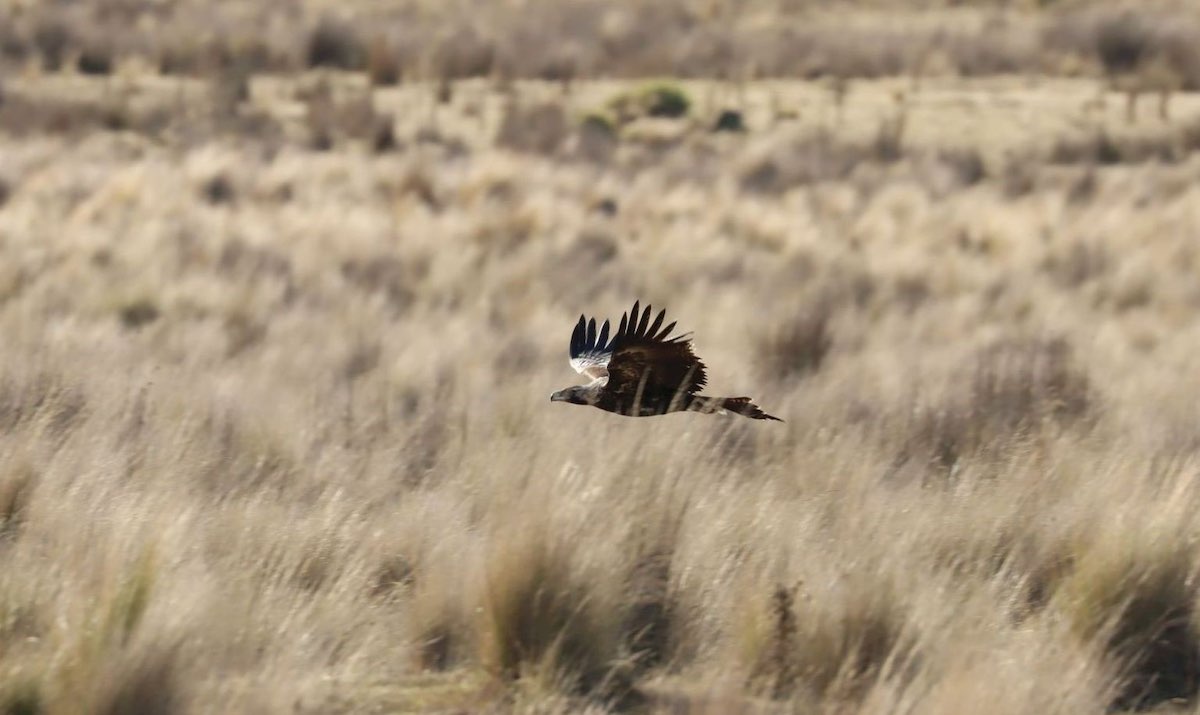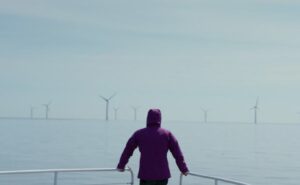The Tasmanian wind farm that pioneered the use of technology designed to avoid bird deaths from turbine blade strikes says there have been no impacts involving endangered and protected eagles at the project for more than a year, despite eagle activity being higher than ever.
Goldwind, developer and co-owner of the 144MW Cattle Hill wind farm in Tasmania’s Central Highlands, says the achievement comes off the back of an upgrade to the project’s aerial monitoring and detection system, called Identiflight.
The technology uses tower-mounted optical units – originally, 16 of them were spread out across the wind farm – to detect flying objects, and then algorithms to identify them as eagles.
If an eagle’s speed and flight trajectory puts it on a collision path with a turbine, the system then sends a signal to shut that turbine down.
In an update on Wednesday, Goldwind says an additional and taller 30 metre Identiflight tower was installed at the project in May 2023, to addresses a blind spot that was discovered during the IdentiFlight trial, launched back in 2019.
Goldwind says the 30 metre tower allows IdentiFlight cameras to see over forested areas that were previously not visible and allows the protection system to track eagles skirting across the top of the forest canopy.
This upgrade has been “successful to date,” the update says, “with no Wedge Tailed Eagle and White Bellied Sea Eagle impacts from the wind farm since the tall tower was installed.”
David Rogers, development manager and senior environmental scientist at Goldwind Australia, says this achievement underscores the importance of innovation and collaboration in implementing renewable energy projects.
“The IdentiFlight system has led to a much greater understanding of the eagle population and activity on site,” the update says. “Cattle Hill Wind Farm now maintains a stable population of eagles, with eagle activity higher than before construction commenced.”
Death and injury caused to birds by wind farms is a common complaint against the technology, although solid figures on this – in particular, in comparison to other energy technologies – are not easy to come by.
A 2017 article by Simon Chapman, published in The Conversation, noted that while wind turbine blades do indeed kill birds and bats, studies show their contribution to total bird deaths is extremely low – and the focus on them as bird killers disproportionate to other far more damaging energy generation technologies.
For Goldwind, a key condition of the Cattle Hill project’s approval hedged on protection of the local population of Tasmanian “Wedgies,” a sub-species of the wedge-tailed eagle known to nest in the area of the wind farm and which is listed as endangered in the state.
As part of the project’s planning permit conditions, an allowance was made for five eagle mortalities in its first year of operation, but Leigh Walters, Goldwind’s project director said that from the outset, the team’s firm goal was for zero harm.
“We’ve actually introduced something that is making a positive difference, and not just relying on the eagles avoiding the turbines, I suppose, or having a license to cause harm,” Leigh Walters, Goldwind’s project director told Renew Economy in 2021.
“I think that’s pretty cool and we have had a lot of support from industry, government departments and the community.”
Elsewhere in Tasmania, a newer version of IdentiFlight will have its global debut at the Musselroe Wind Farm, using improved bird detection accuracy and efficiency that expands detection of raptor species out to a range of 1.3 km.








